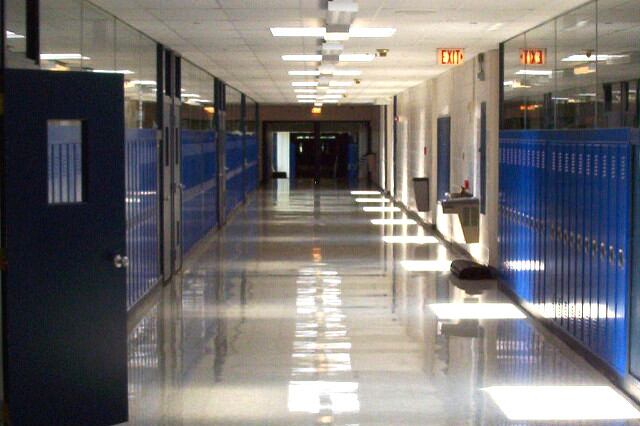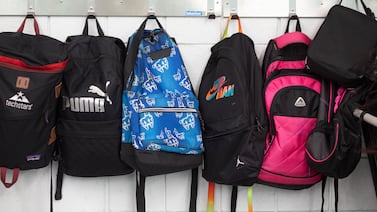When many Indiana districts released their plans for reopening earlier this month, education and health experts pushed to get as much in-person learning done as possible before the winter months — when they expected coronavirus cases to spike and overlap with the regular flu season.
But in the past week, a growing number of Indianapolis districts have reconsidered their plans, with a handful deciding to push the start of the school year back — doing a U-turn just days after the county’s 11 districts jointly announced school would start as usual in late July or early August.
The shift indicates a wariness among school district leaders as COVID-19 cases statewide rise and both parents and teachers push back against bringing students into classrooms. While only one Indianapolis district chose to abandon in-person classes altogether, the decision to postpone leaves others with more time to consider an entirely virtual option.
And it could indicate how this school year may unfold, with school leaders constantly re-evaluating as the pandemic evolves and forces families to wait in uncertainty.
“I can see where they are coming from,” said Jonathan Barefoot, assistant vice president of public safety and emergency preparedness at Ivy Tech Community College. “But that’s also a bit of a dangerous game because the pandemic is going to continue to shift and change, as it has since January.”
Local districts cited different reasons for needing the additional time. For Wayne Township, the decision gives administrators longer to secure technology and personal protective equipment, which can include supplies like masks and gloves.
For Warren Township, the delay will allow teachers to better prepare for its hybrid approach, where students in grades 6-12 attend in person on alternating days.
In Lawrence Township, the decision came after the teacher’s union urged administrators to consider a fully-virtual option for the safety of teachers and the community.
Indianapolis Public Schools, one of the largest districts in the state serving 25,000 students, saw administrators point directly to the concerning trend in COVID-19 cases before the school board voted to move its start date back two weeks to Aug. 17. The county’s most recent infection rate climbed to 7.1% over a seven-day average, up from 5.4% last month.
“The decision to delay the opening of school by two weeks gives our community more time to ensure we are turning the tide on the number of positive COVID-19 cases,” Superintendent Aleesia Johnson said. “And confirm we are doing the right thing.”
These fears are echoed nationwide, the Wall Street Journal reported, as a wave of state and local leaders across the country pushed back the school year, saying it’s too dangerous for students to return to school buildings. Kansas, Arkansas and West Virginia have delayed openings for all their school districts. Others, including in Los Angeles and Denver, will start the year virtually.
In Indiana, state officials have largely left decisions to local school districts and pointed educators to local health departments to put together reopening plans. Last week, Gov. Eric Holcomb said he supports the changes made by Indianapolis districts, although he maintains that it is safe for schools to reopen.
Many districts around the state appear to be moving forward with plans to open on schedule, especially in rural areas where schools have fewer students and fewer reported COVID-19 cases.
Holcomb stopped short of creating a statewide mask mandate for schools, although he said he would consider it after the Indiana State Teachers Association began pushing for face coverings to be required for all students in grades 6 through 12.
Implementing a plan during an evolving pandemic may be “really uncomfortable,” Barefoot said, but expecting administrators will have better insight in two weeks is a false hope.
“No matter how much time you take to write a plan there are going to be adjustments that are necessary,” Barefoot said. “At some point it comes time that you just have to execute what you’ve got if it’s healthy and safe to do so.”








